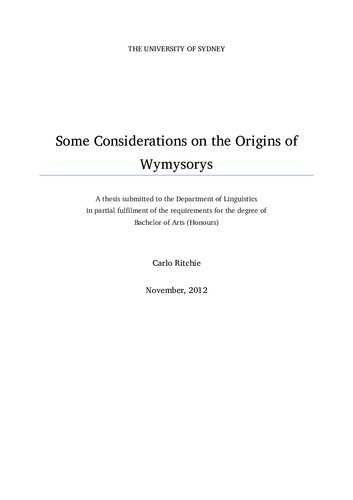

Most ebook files are in PDF format, so you can easily read them using various software such as Foxit Reader or directly on the Google Chrome browser.
Some ebook files are released by publishers in other formats such as .awz, .mobi, .epub, .fb2, etc. You may need to install specific software to read these formats on mobile/PC, such as Calibre.
Please read the tutorial at this link: https://ebookbell.com/faq
We offer FREE conversion to the popular formats you request; however, this may take some time. Therefore, right after payment, please email us, and we will try to provide the service as quickly as possible.
For some exceptional file formats or broken links (if any), please refrain from opening any disputes. Instead, email us first, and we will try to assist within a maximum of 6 hours.
EbookBell Team

5.0
100 reviewsPreface Wymysorys (Wymysiöerys), one of the smallest Germanic languages, is a critically endangered language of Southern Poland spoken by less than 45 inhabitants of the town of Wilamowice. The classification of Wymysorys is a contentious issue and one that has been the focus of much of the scholarly work on the language over the past century. Historically Wymysorys has been grouped alongside languages such as Modern German as an Irminonic Language; this classification however, has been made largely without consideration of the phonological and morphological character of the language. The classification of Wymysorys as an Irminonic language is at odds with folk-history of the last Wilamowiceans, who variously claim to be descendant of Frisian, Flemish or Scottish settlers, a claim that has yet to be investigated on the basis of the genetic origins of the phonological and morphological innovations of Wymysorys. This will be the focus of this paper. Chapter 1 examines the current classification of Wymysorys as well as a brief linguistic and ethnological history of the language. Chapter 2 introduces current theories on the disposition of West Germanic, placing Wymysorys within this broader context. Chapters 3 and 4 comprise the bulk of this paper, focusing on the phonological and morphological innovations of Wymysorys.